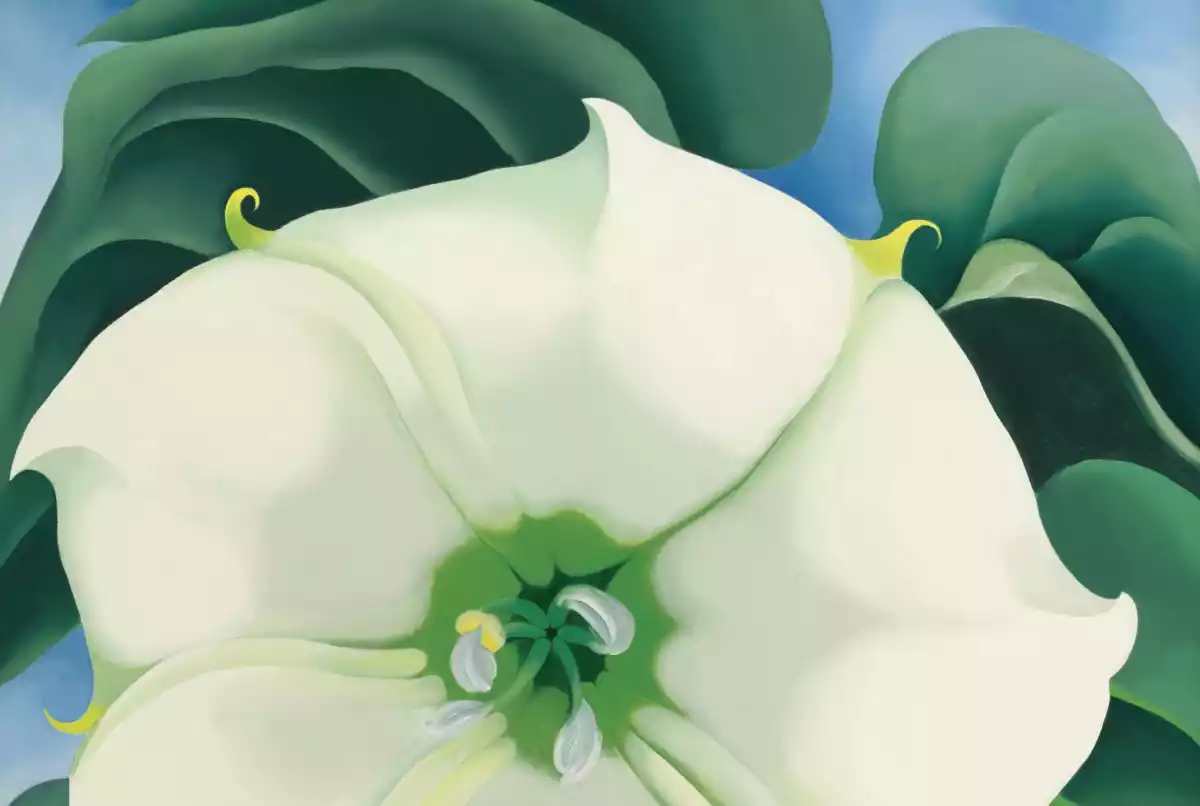FAB Market Insights
Stay informed with our art news and market insights.
Women artists seem to be dominating the current and upcoming exhibition cycle at some of the world's biggest museums: Cecily Brown's solo exhibition and Lauren Halsey's roof garden commission at the Metropolitan Museum of Art, Georgia O'Keefe at the Museum of Modern Art, Sarah Sze at the Guggenheim, Wangechi Mutu at the New Museum, Maria Bartuszová at the Tate Modern, Sarah Lucas opening at the Tate Britain this fall, and Yayoi Kusama's major retrospective at M+ in Hong Kong, which just closed last month. With much overdue institutional attention on these important female artists, it's easy to think that the playing field is starting to become equal - but how far do we have to go to approach gender equality, and how is it measured and valued in the art world? What are the numbers telling us?
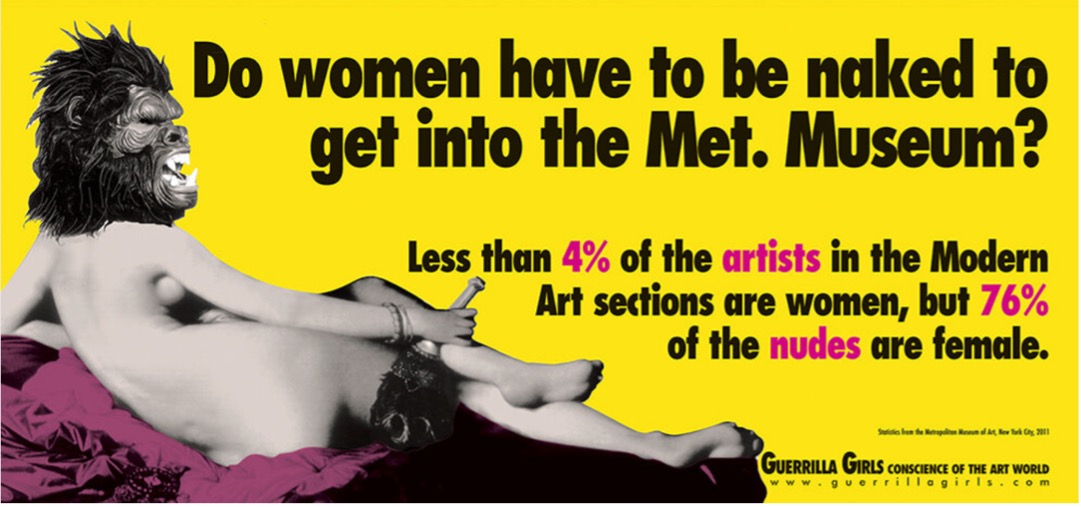
Many important institutions and private collectors have started acknowledging the gender gaps in their collections, belated responses from long standing critique (see: Guerrilla Girls, Linda Nochlin's "Why Have There Been No Great Women Artists?"). Artsy published their inaugural Women Artists Art Market Report in March 2023 which analyzed art market data to examine whether these recent intentions have been reflected in the art market. In their findings, they determined that from 2012-2022 only 6% of art sales at auction were of works by women. Out of these sales, zero were included in the top fifty most expensive artworks sold. 2022 brought an encouraging change as sales of work by female artists increased to 9.3% - only a small increase when considering works by male artists made up 88% of the auction market. Even when looking at the total value of the 2022 top fifty auction sales by all women artists - $332.4 million – this doesn't come close to the sum of just the top two auction sales by male artists (totaling $344.3 million).
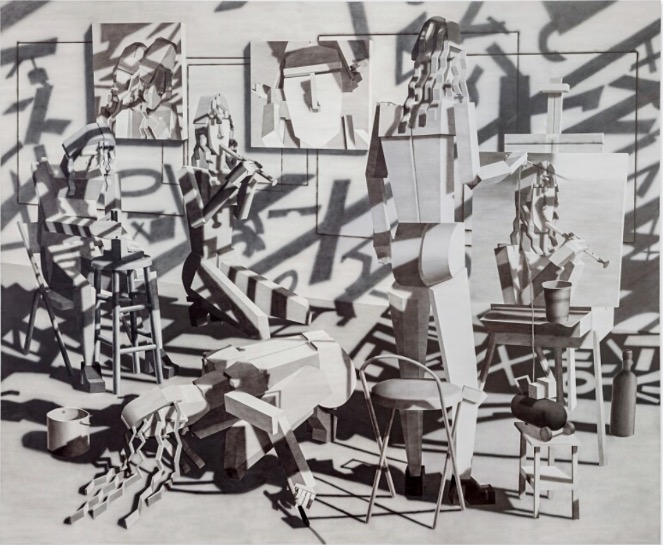
There are of course reasons for the substantial lack of women artists prior to the Second World War. Specifically, very few were able to achieve artistic success before the Modern Era as many art academies did not allow women to join (École des Beaux-Arts in Paris did not accept women until 1898, for example). Lavina Fontana (1552-1614) is often credited as the first professional female artist in the Western history of art, able to achieve success with the support of her father and husband which was unconventional at the time. Artemisia Gentileschi (1593-1656), whose father was a painter, was also able to work as a successful Florentine artist and was the first woman to become a member of the Accademia di Arte del Disegno. Similarly, Élisabeth Louise Vigée Le Brun (1755-1842) was encouraged by her father, brother, and husband, and became a member of the Académie de Saint-Luc in 1774. After becoming the appointed official artist to Marie Antoinette, she was admitted to the Royal Academy of Painting and Sculpture. These women artists were the rare exceptions to societal norms and academic tradition. The barriers that these conventions and institutions created also influenced the perspective from which art history was written - that is, from the Western white male - and it often overlooked the position of women. Now, many art dealers are trying to rectify this imbalance by deliberately exhibiting women artists or adding them to their program solely because they are female, and perhaps overcompensating.
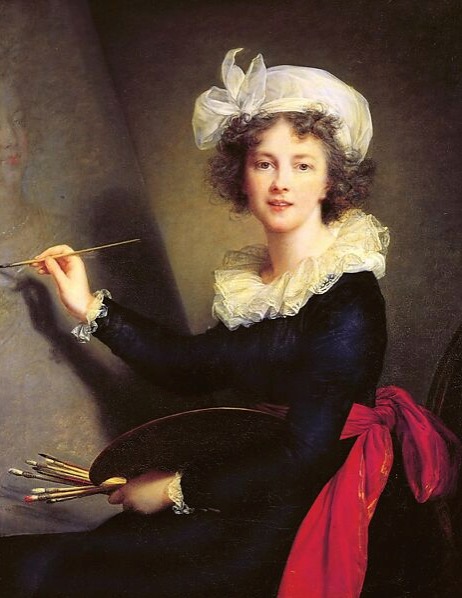
But why does it seem that female identifying artists are now securing more serious traction and attention from fine art dealers and important collectors? According to Artsy's art market report, new generations of contemporary artists - born between 1975 and the present - are gaining substantial hold especially in the secondary market where their works are more widely available than their waitlist-abundant galleries. Looking at the demographics of this cohort of younger, highly sought after artists (coined "ultra-contemporary" by Artnet), women are increasingly dominant. Perhaps most interesting is that the number of women dominating the market share increases as age decreases: for artists born after 1984, women hold well over the majority at 63%. This includes Avery Singer (b. 1987), Christina Quarles (b. 1985), and Flora Yukhnovich (b. 1990) - top performing contemporary artists that many collectors are eager to invest in and add to their collections, hoping that their work will continue to appreciate in value. While male artists still dominate at large, especially at fine art auctions, the demographics of this sliver of the art market are extremely important: ultra-contemporary art saw a 305% increase in sales from 2019 to 2021 alone making it the fastest growing sector of the market.
While younger female artists are gaining market momentum, increased acknowledgment has been given to women artists who were always there but consistently overlooked. For example, Hilma af Klint (1862-1944) has soared into the art historical lexicon - a name that many people were unfamiliar with prior to her 2018 Guggenheim exhibition. Her work is currently on view at the Tate Modern's "Hilma af Klint & Piet Mondrian: Forms of Life". Agnes Pelton (1881-1961) may have had a similar trajectory if her exhibition "Agnes Pelton: Desert Transcendentalist" at the Whitney Museum was not cut short by the pandemic (it opened and closed March 2020). A few years later, Pelton's name is gaining more recognition, with inclusion in an important curated group exhibition at Pace Gallery earlier this year as well as the Los Angeles County Museum's "Another World: The Transcendentalist Painting Group, 1938-1945" which closes at the end of the month. Pelton's painting The Fountain (1926) recently fetched over $3.4 million dollars at Christie's in May - over its high estimate of $2.5 million. Other late artists are also seeing increased market success: while Joan Mitchell is of course not newly discovered, her work is selling strong at auction. In 2022, a large 1989 painting achieved $14.1 million at Christie's. The 2022 blockbuster retrospective "Monet - Mitchell" exhibition at the Foundation Louis Vuitton in Paris likely only contributed to her prices.
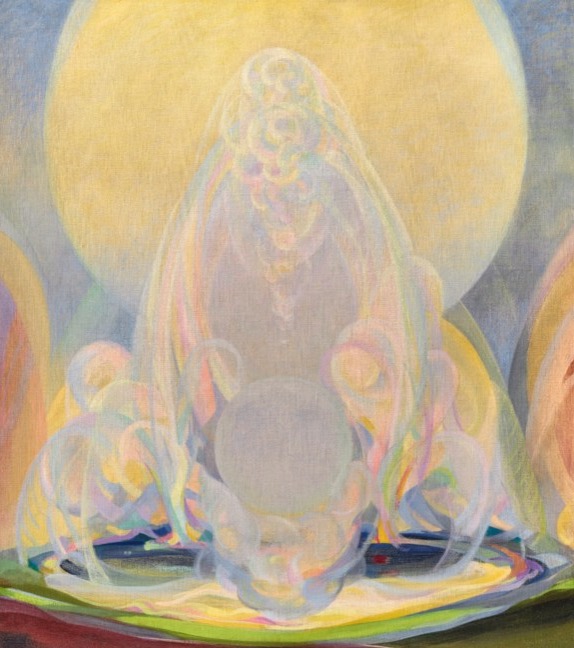
While there is promise and some progress, there is no guarantee in trends. The rise of ultra-contemporary art is an exciting moment for female identifying artists, however when looking at the fine art market at large, there is still a significant lack of inclusion and high value sales through dealers and auctions in comparison to male artists. And similarly, while holding exhibitions focusing on women artists is an impressive step towards equality and seems to point to institutional evolution, there's still a lack of permanence and formal acceptance for women artists in the history of art. Perhaps when this history is reconsidered, we will just consider them ‘artists’.


